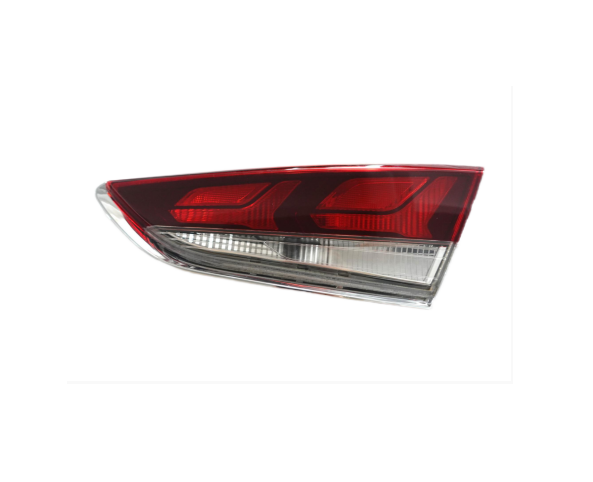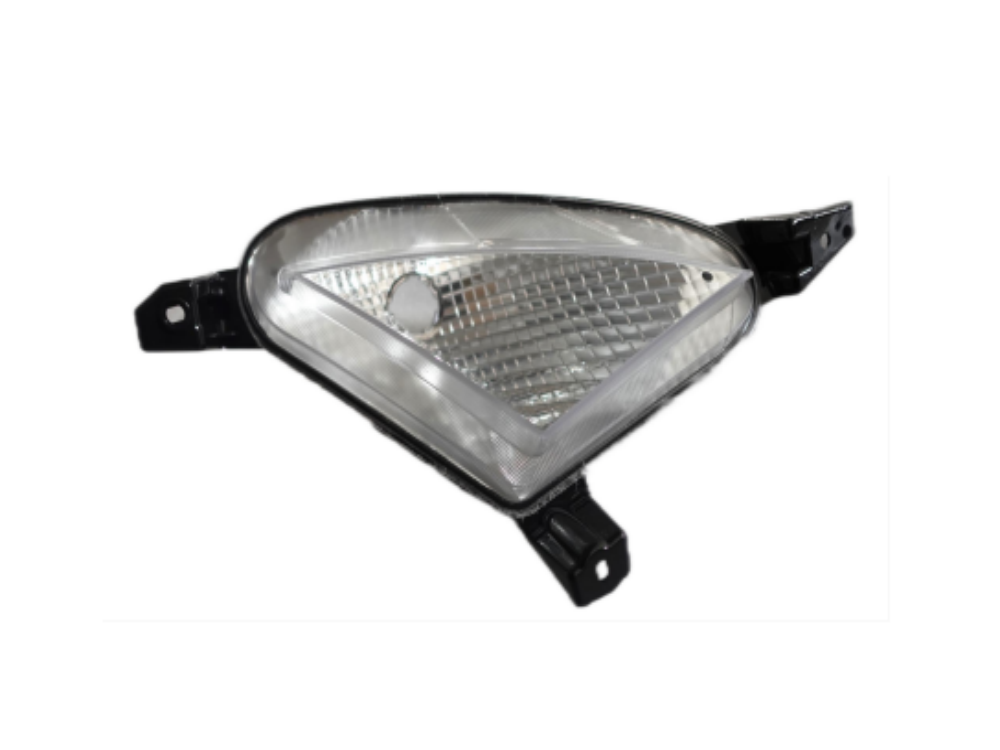Understanding the Critical Role of Vehicle Lighting Systems
Vehicle safety extends far beyond airbags and seat belts - tail lights serve as a crucial communication tool between drivers on the road. These essential components illuminate the way for others, providing vital information about a vehicle's presence, position, and intended actions. Modern tail lights incorporate advanced technology and precise engineering to enhance visibility and prevent accidents, making them indispensable for road safety.
When we consider that a significant portion of driving occurs during low-light conditions or adverse weather, the importance of properly functioning tail lights becomes even more apparent. These safety features act as beacons that help maintain proper following distances and alert other drivers to sudden changes in speed or direction.
The Engineering Behind Modern Tail Light Systems
Advanced LED Technology Integration
Modern tail lights have evolved significantly from the basic incandescent bulbs of the past. LED technology now dominates the market, offering superior brightness, faster response times, and extended longevity. These advanced systems consume less energy while providing more consistent illumination, ensuring other drivers can easily spot your vehicle in various conditions.
The precision engineering of LED tail lights also allows for more compact designs without compromising visibility. This technological advancement enables automotive designers to create more aerodynamic vehicles while maintaining optimal safety standards. The efficiency of LED systems means they generate less heat and have a significantly longer operational life compared to traditional bulbs.
Smart Design Elements for Enhanced Visibility
Contemporary tail lights incorporate sophisticated optical designs that maximize light distribution and visibility angles. Reflective surfaces and specialized lenses work together to create a broader, more noticeable illumination pattern. These design elements ensure that your vehicle remains visible even when viewed from various angles and distances.
The integration of multiple light chambers and carefully calculated reflection patterns helps maintain visibility even if one section of the tail light assembly becomes partially obscured by dirt or precipitation. This redundancy in design serves as a crucial safety feature, particularly during challenging weather conditions.

Safety Implications of Proper Tail Light Maintenance
Accident Prevention Through Visibility
Well-maintained tail lights play a vital role in preventing rear-end collisions and other accidents. When functioning correctly, these lights provide clear signals about a vehicle's speed changes and turning intentions. Studies have shown that properly working tail lights can significantly reduce the likelihood of nighttime accidents and improve overall road safety.
The reaction time of following drivers largely depends on their ability to quickly recognize changes in the movement of vehicles ahead. Bright, reliable tail lights provide crucial extra seconds for drivers to respond to sudden stops or turns, potentially preventing serious accidents.
Legal Requirements and Compliance
Transportation authorities worldwide mandate specific standards for tail light brightness, color, and positioning. These regulations ensure consistency across vehicles and promote safer driving conditions. Regular maintenance and prompt replacement of malfunctioning tail lights not only enhance safety but also help drivers avoid legal penalties and citations.
Understanding and complying with these regulations is essential for both vehicle owners and manufacturers. The standards typically specify minimum brightness levels, required visibility distances, and acceptable color ranges for tail lights to maintain safety uniformity on roads.
Impact of Environmental Conditions on Tail Light Performance
Weather Resistance and Durability
Modern tail lights must withstand various environmental challenges while maintaining optimal performance. Manufacturers design these components to resist water infiltration, temperature extremes, and UV radiation. The durability of tail light assemblies ensures consistent operation throughout different seasons and weather conditions.
High-quality tail lights incorporate special coatings and seals that protect internal components from moisture and debris. This protection is crucial for maintaining visibility in adverse weather conditions when clear communication between vehicles becomes even more critical.
Adaptive Brightness Technology
Advanced tail light systems now feature adaptive brightness capabilities that adjust illumination intensity based on ambient light conditions. This technology ensures optimal visibility without creating glare that could distract other drivers. The automatic adjustment helps maintain safe following distances during varying lighting conditions throughout the day.
These smart systems can also detect heavy rain or fog and automatically increase brightness to compensate for reduced visibility. This adaptive functionality represents a significant advancement in vehicle safety technology, particularly for driving in challenging conditions.
Frequently Asked Questions
How often should tail lights be inspected?
Professional mechanics recommend inspecting tail lights at least monthly and before any long trips. Regular visual checks can help identify dimming bulbs, cracks, or moisture accumulation before they become serious safety hazards.
What causes tail lights to fail prematurely?
Common causes include voltage fluctuations, water damage, poor connections, and physical impact. Regular maintenance and prompt attention to any visible damage can help prevent premature failure and ensure consistent performance.
Are LED tail lights worth the investment?
Yes, LED tail lights typically offer better visibility, longer lifespan, and lower energy consumption compared to traditional bulbs. While the initial cost may be higher, the improved safety and reduced maintenance requirements make them a worthwhile investment for most vehicle owners.


